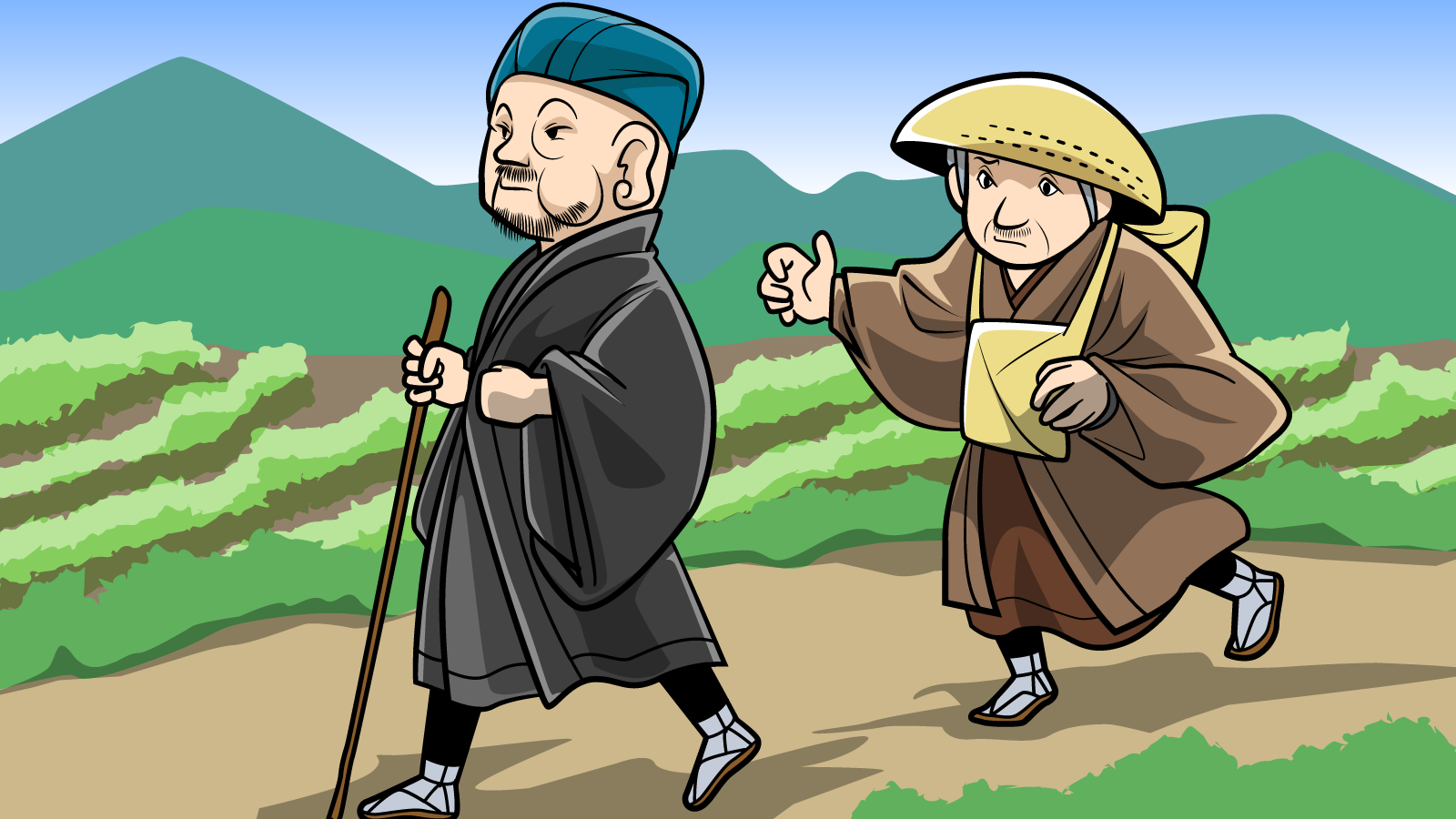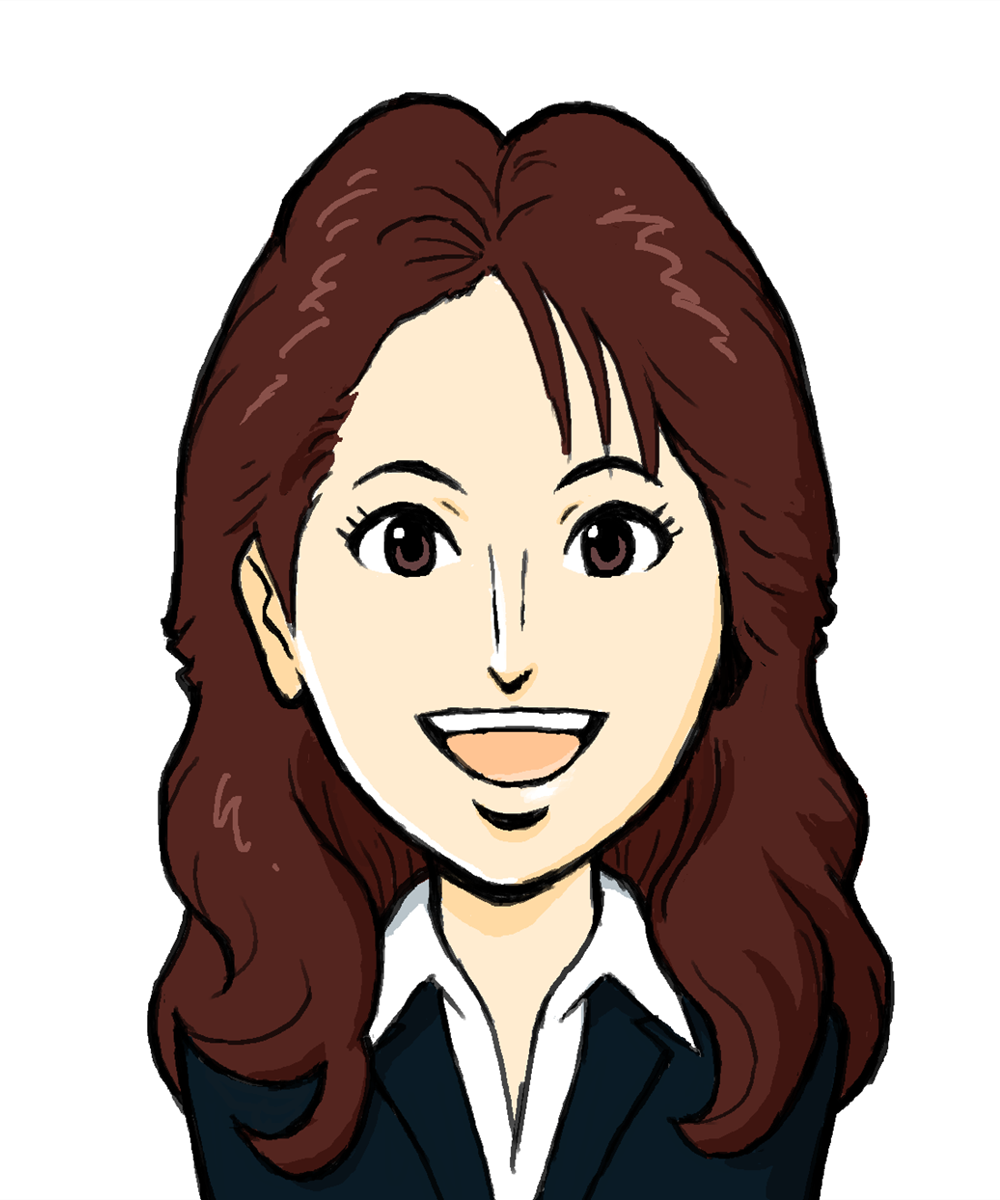Basho Inari Shrine, Tokiwa, Koto ward
Traces of Basho Matsuo, the Master of Haiku
The breath of Basho Matsuo, famous haiku poet, in an around Tokyo.

(Voice actor) Ms.Marilyn Lo

Are you familiar with haiku, a genre of Japanese literature? There are two basic rules to haiku. One rule is it should consist of a total of 17 syllables in the rhythm of 5-7-5. It is a literature that challenges how broadly, beautifully and delicately one can express the emotions with this limited number of sounds and words. It is said to be the world’s shortest poem because of that. Another rule is to include a ”kigo” which is a word or phrase associated with a particular season. Since a sense of the season is important in haiku, most haiku contain kigo. However, haiku was not always considered an independent genre of literature. Originally, “waka”, such as represented by Hyakunin Isshu (*a classical Japanese anthology of one hundred Japanese waka by one hundred poets), was a style of literature containing the rhythm of 5-7-5-7-7 syllables. It used to be the mainstream Japanese literature for a long time until renga (*collaborative poetry) derived from it around in the year 1200. Renga is waka divided into a first stanza of 5-7-5 and a second stanza of 7-7, and has two different authors composing each stanza to make up one poem. It carries aspects of both art and games. Haiku with 5-7-5 syllables became established as literature in the Edo period. Basho Matsuo was the man who elevated haiku to a high art. Basho was not originally from Edo (current Tokyo). He was born in Iga (an area in current Mie prefecture) in 1644. He was at first serving a samurai named Yoshitada Todo as a chef. Basho became interested in haiku under the influence of Yoshitada who enjoyed it. Basho then dedicated himself to studying haiku in Kyoto, developing his talent. In the meantime, Yoshitada Todo whom Basho had been serving passed away. On this occasion, Basho headed to Edo wishing to make a living as a haiku teacher. However, since he had no connections in Edo, he could not find any students for a while. So he did various other work to make a living at first. But as his talent gradually became recognized, many started to gather around Basho to learn haiku. So he successfully achieved his dream of becoming a haiku master. Basho started to live in Fukagawa. There was a basho tree (*Musa basjoo = Japanese banana) planted at his new house, and he named himself after this plant. Now there is a shrine called Basho Inari at the site where his house used to be. You can find out how the shrine ended up on the site in this story.
"100 hidden stories of Tokyo" Application Download
Caution
This app contains in-app purchases.
Please note that packet data fees will be charged separately.



